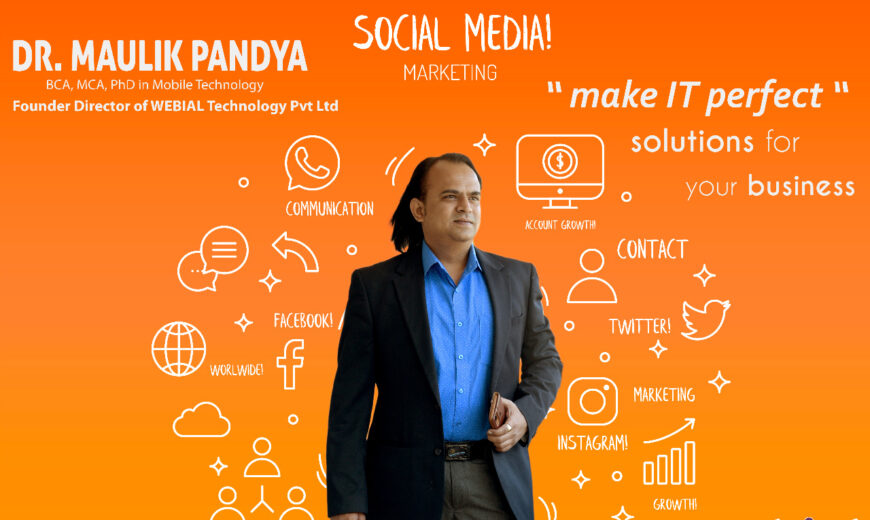
Times were different when the ‘Vicko Vajradanti’ ad’s jingle used to ring around in our ears and when large billboards carried the pictures of a cute little pug from ‘Hutch’. We have come a far way from those funny ads on tv and the monotonous voiceover ads on the radio. No, the ads haven’t disappeared. The marketing strategies of companies have changed with time. Nowadays, the audience is targetted digitally. You see the advertisements on the internet like websites, on social media, through email campaigns, etc. Today, you can easily find the advertisement for a product or service in a digital form, be it in the form of audio, video, graphic designs, et al.
The digitalization of life has been started for quite some time. As more and more people are connected through the internet, their needs change and the companies also need to change with them. With the arrival of online shopping and other e-commerce websites, the bloom in digital marketing was seen. Flipkart was launched in 2007 and after that, Sanpdeal in 2010, and Amazon came here in 2012. Since then, the ad campaigns have been largely digital. Since Indians spend most of their time online, it is inevitable that they are targetted through the internet, too.
Traditional marketing
The traditional or conventional ways of marketing have been prevalent for a long time. They consist of ads on television, radio, etc. The big banners and flex boards hanging roadside are also considered traditional methods of marketing. The print media is largely conventional which includes newspapers, magazines, pamphlets, brochures, etc. The automated telephone calls and SMS are also some types of traditional marketing strategies. This form of marketing is still at work. However, since the revolutionizing entry of the internet, the competition has gotten tough among the companies. They are ready to bring their campaigns and advertisements to the new level. In this scenario, digital marketing has emerged.
Digital Marketing
As the internet gains more users, people start making the online platform their home and the digital world manifests itself. The many ways digital marketing operates include social media ads, email campaigns, online press releases (on websites), targeted pop-ups, smartphone applications, etc. Basically, anything and everything that is digital can be used by corporates and turned into marketing channels.
Digital Marketing as a boon for India
India is a country where everything is fast-paced. Hence, the digital marketing technique is really helpful for companies trying to promote their products and services in India since the majority of the Indian population finds its homage in the digital realm.
- Less cost and more efficiency: The cost of digital campaigns is less than that of having your media content printed or broadcasted. Making websites is cost-effective as it is more of a hot topic in the marketing world but requires less labor and money investment.
- Feedback: Digital marketing records the feedback of the customers. It has the algorithm of listening to the consumer’s needs and showcasing the advertisement for that. The features of surveys and comments are also available in the case of digital marketing.
- Customer engagement: The interaction between the customer and the company is maintained as the ads try to incorporate the wishes of the customer. Marketing strategies like ‘play a game and win the offer’ and ‘make your online profile to unlock certain services’ help in customer participation which inevitably increases customer interest.
- Audience range: Digital marketing has a wide range of audiences. Since the digital platform is used, companies can connect to their consumers worldwide. Any message or campaign can be spread easily on this platform.
Moving away from the traditional
While digital marketing is proven to be so efficient, it is wiser to incorporate it into your company’s marketing model.
- Since traditional methods of marketing are invariably costlier, it makes more sense to stick to digital marketing.
- If one desires to update the information of the ad, it is not possible to do so in the case of traditional marketing once it has been disseminated. However, the digital form of ads and campaigns can be easily updated and modified.
- Due to the lack of interaction and feedback, traditional marketing falls behind in the corporate race.
Digitalization has definitely helped the transition from traditional to digital marketing. The advantages of digital beat the traditional as it has grown sluggish and is ineffective in today’s modern era.


